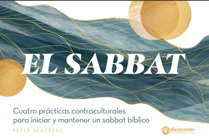Final Gifts Received (Pilgrimage Reflections #9)
It is always a rich privilege to step outside one’s context and world. This trip was no exception. The following are a few additional learnings I noted on the way home yesterday: 1. God is moving all over the world. God reminded me of this text often during this trip – “the gospel is bearing fruit and growing throughout the whole world – just as it has been doing among you” (Colossians 1:6). 2. The impact of China. With 1.3 billion people and a church about 100 million strong, the economic, spiritual, cultural, and political influence of China is staggering. Few of us in the USA or the West, I think, appreciate this reality. 3. South Africa. One church we visited had about 400 white South Africans. Perth, Australia has over 100,000 more. Why? Violence and racial tensions. Having spent a most of my adult life wrestling with racial tensions here in the USA,. Read more.






